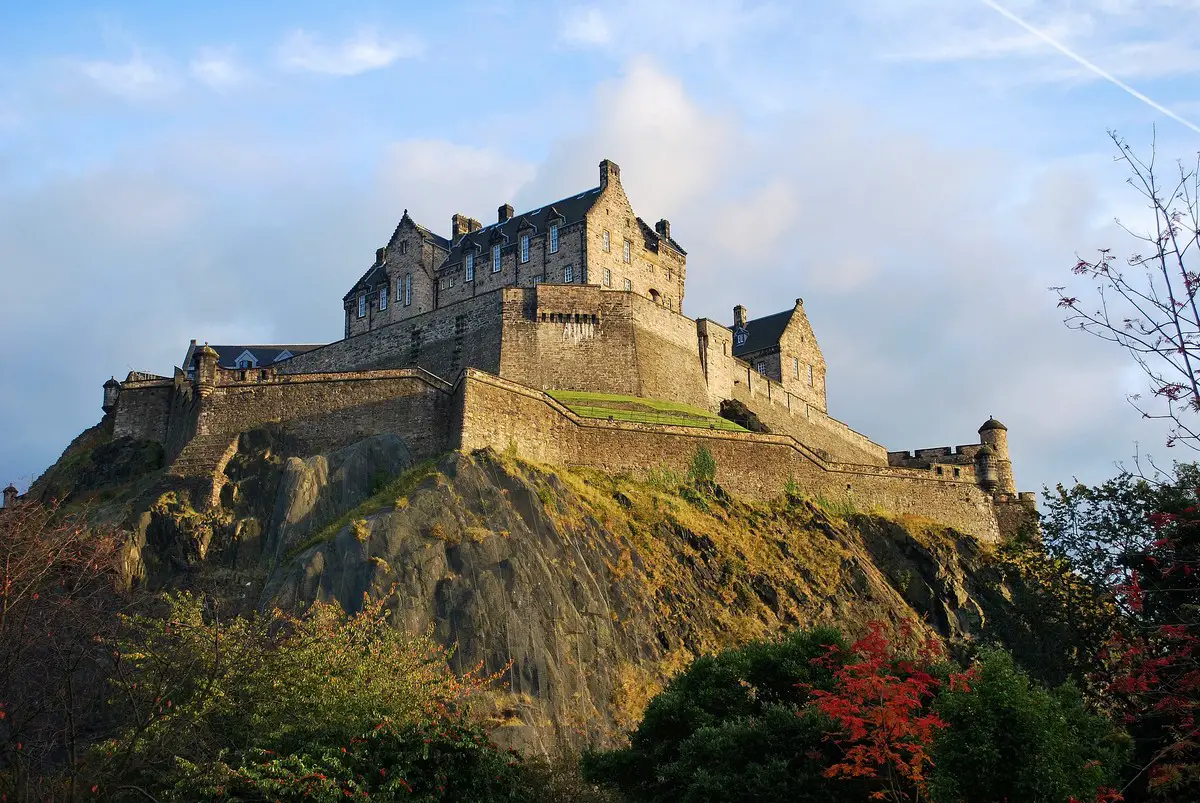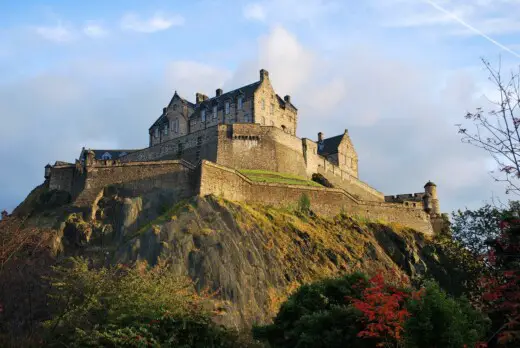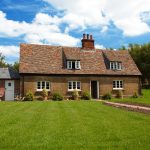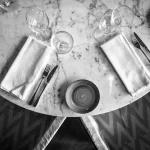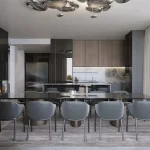Best Art Deco Building in Edinburgh Scotland, Maybury Roadhouse Architecture Design
Best Art Deco Building in Edinburgh
16 July 2022
Edinburgh is constantly among the most beautiful cities globally thanks to its eclectic architecture and countless landmarks. You can find mediaeval influences and buildings in the Old Town, classical Georgian buildings in the New Town, and numerous other styles throughout the Quartermile or New Waverley Arches.
Edinburgh Castle is probably the best-known landmark in the city, with the oldest parts reaching the 12th century. On the Royal Mile, you can see the Palace of Holyroodhouse and St Giles’ Cathedral. When you complete the history tour with the National Museum of Scotland, you could look into more modernist architecture. Art Deco, a style that flourished after the 1925 International Exhibition of Modern Decorative and Industrial Arts in Paris, also left a substantial mark on the Scottish capital.
Best Art Deco Building in Edinburgh, Scotland
Admiring the modern machinery
Art Deco took a page from bold geometrics used in Cubism, enjoyed a touch of bright colours, and cherished the exceptional craftsmanship. The style expressed the optimism placed on technological progress. Art Deco used precise shapes and new materials like reinforced concrete in architecture. Modern forms with traditional luxury materials created a piece of furniture from ivory and silver pieces and used emerging materials like plastic.
The most recognized Art Deco buildings are probably New York’s Empire State Building and Chrysler Building. However, late Art Deco had a somewhat different approach, with fine examples in the Palais de Chaillot in Paris or Lincoln Theatre in Miami Beach.
Best Art Deco in Edinburgh
Sightseeing through Edinburgh, you can find many Art Deco buildings. You can recognize them through geometric forms, craftsmanship items, and smooth surfaces contrasted by a sharp edge. The style represents luxury and glamour, and the prime example of this architectural design is Grosvenor Casino, formerly known as Maybury Roadhouse.
If you like gambling, no one will blame players who want to experience the Art Deco glamour of Grosvenor Casino. While the setting is impressive, most players switched to iGaming, mainly because online casinos offer way better perks compared to landbased casinos. Whether you want a complete gaming experience in Grosvenor or just enjoy the modernist architecture, the building represents one of Edinburgh’s finest Art Deco examples.
The building was designed by Wiliam Patterson and James Broom in 1935. The two architects were authors of numerous buildings in their ten-year partnership. The design of Maybury Roadhouse followed the structure typical of the era. It has a white façade and design looking like the grille of classic cars from the 30s. Maybury is among the most significant Edinburgh Art Deco buildings and one of the first sights you will see driving in the city from the airport.
Other notable Art Deco buildings in Edinburgh
If you walked on the south side of Calton Hill before 1939, you would see the infamous Calton Jail. The city government decided to remove the prison from such a prominent location and turned to influential architect Thomas Tait. The epilogue is St Andrew’s House which the government still uses. The building has simple geometric lines, uses exposed masonry, and the dramatic exterior is reminiscent of Frank Lloyd Wright’s works.
Southside Garage is notable early work of Sir Basil Spence. A small garage which is no longer a garage has windows inspired by industrial design. The façade is whitewashed, and Historic Environment Scotland recognizes its Art Deco legacy.
The White House is another roadhouse from the Art Deco era. Built in 1936 on the William Innes Thomson design, it represented the modern way of travelling with cars. The white façade and geometric shapes are distinctive features of the style. The White House now serves as a community hub for artists, and it was salvaged from its poor condition in a restoration project in 2010.
Stewart Kaye designed the Lothian House in the 1930s. It was initially a cinema but was later converted into an apartment building, a more modern cinema and a few offices. The Art Deco influence and style come from locally sourced sandstone mixed with steel frame windows. Impressive façade with geometric corner design. The gist of the Art Deco in Lothian House is a mixture of modern and traditional materials and details in design. Lothian House is on the busy Lothian Road and is protected as a category B building.
Ravelston Garden is a premier example of Art Deco residential architecture; Andrew Neil and Rober Hurd designed the apartment house in 1936. Modernistic and functional, the Ravelston Garden oozes Art Deco and is deservingly on the protected A list of historic buildings in Edinburgh.
Dominion Cinema is another Art Deco gem in the city. Thomas Bowhill Gibson used a stylish door, geometric shapes on the façade looking like a concrete monument with modern and old school elements. Although it was closed a couple of times, the Dominion is still a cinema, but it has expanded and now has modern features.
Old Kirk Road is one of the only few standalone houses in Edinburgh made in Art Deco style. Sir James Milner is behind the design of this private home in 1931, and the house has recognizable modernist Art Deco features.
Although most visitors who come to Edinburgh first think of castles and older buildings when thinking about historic Edinburgh architecture, Art Deco is a pronounced style with shining examples throughout the city. If you come from the airport, Maybury roadhouse or the current Grosvenor Casino will welcome you and bring you into the world of inspired Art Deco buildings, from standalone houses to government buildings.
Comments on this guide to Best Art Deco Building in Edinburgh article are welcome.
Architecture
W Edinburgh Hotel at St James Quarter
Comments / photos for the Best Art Deco Building in Edinburgh page welcome
